Step-by-Step Guide to Installing an Oxygen Detectors
Abnormal oxygen concentrations are a hidden threat to life safety in industrial, medical, and confined space operations. According to research by the International Organization for Standardization (ISO) and the Occupational Safety and Health Administration (OSHA) in Europe and the United States, environments with low oxygen levels (oxygen concentration below 19.5%) or high oxygen levels (oxygen concentration above 23.5%) can lead to suffocation, fires, or even explosions. This article will combine international standards with typical case studies to provide overseas users with a systematic guide for installing oxygen detectors.

I. Pre-installation Preparation: Scientific Site Selection and Risk Assessment
Identify Core Risk Areas
Oxygen detectors should be prioritized for deployment near potential leakage sources, such as valves, flange connections, pipe interfaces, and tank breathing valves. For example, a U.S. chemical company successfully detected a localized hyperoxia environment caused by chlorine leakage by installing an oxygen detector 0.5 meters below the chlorine tank breathing valve, thereby preventing an explosion.
Analysis of Gas Diffusion Characteristics
Determine the installation height based on the density of the gas relative to air:
Heavier-than-air gases (e.g., carbon dioxide, liquefied petroleum gas): Install the detector 0.3–0.6 meters above the ground, close to the leakage source.
Lighter-than-air gases (e.g., hydrogen, methane): Install the detector 0.3 meters below the ceiling to detect concentration changes in rising gas flows.
Oxygen: Since its density is slightly higher than air, the recommended installation height is 1.5–2.0 meters (at human breathing height), balancing uniform distribution and ease of routine maintenance.
Elimination of environmental interference factors
Avoid strong electromagnetic fields (e.g., large motors, variable frequency drives), high-temperature equipment (exceeding 70°C), and high-humidity areas (relative humidity >90%). A German mining company once installed detectors in a damp tunnel, causing sensor condensation failure. The issue was resolved by switching to IP68-rated equipment and raising the installation height to 30 centimeters above the floor.
II. Installation Implementation: Standardized Operating Procedures
Mounting Method Selection
Wall-mounted: Use M6 expansion screws to secure the detector to the wall at a height of 1.5 meters above the ground, ensuring the sensor faces downward to prevent liquid accumulation.
Ceiling-mounted: Suitable for large spaces, install the detector on the ceiling using a KF40 flange connector, and use clamps to seal and prevent gas leakage.
Mobile Equipment: Mining vehicles use a modular design, with a control terminal installed in the cab and sampling tubes extending into the work area.
Electrical Connection Standards
Explosion-Proof Areas: Use flame-retardant cables (e.g., RVVP 3×1.5mm²) and protect them with metal conduits. Power terminals must be grounded to prevent interference.
Signal Output: Configure a 4-20mA standard signal for seamless integration with DCS/PLC systems. A UK refinery successfully prevented a major accident by integrating detector signals into the emergency shut-off valve control system, closing the valve within 0.5 seconds when oxygen concentration deviated abnormally.
Initial Calibration and Testing
First Use: Perform zero-point calibration using 20.9% VOL standard gas (pure nitrogen mixture) to ensure sensor output error < ±1% VOL.
Interlocking Test: Simulate scenarios where oxygen concentration is below 19.5% or above 23.5% to verify that the response time of the audible and visual alarms (≥90 decibels) and the interlocking response of the ventilation system and shut-off valve comply with the ISO 80601-2-55 standard (≤5 seconds for medical scenarios).
III. Post-installation maintenance: Full lifecycle management
Daily inspections
Power-on self-test: Observe the display screen and alarm light status upon daily startup to confirm that the sensor is not blocked.
Cleaning maintenance: Wipe the sensor surface with a soft cloth monthly. Replace the filter immediately if dust accumulation exceeds 3 millimeters.
Periodic calibration
Industrial settings: Calibrate using standard gas every 3 months. High-frequency use areas (e.g., medical ICUs) require monthly calibration.
Sensor Replacement: Electrochemical sensors have a lifespan of 1–2 years. Zirconia sensors require annual calibration at temperatures above 700°C.
Emergency Procedures
Water Ingress Failure: Immediately disconnect power, blow-dry with nitrogen for 4 hours, then air-dry naturally for 72 hours. Verify functionality before reactivation.
Data Abnormalities: If readings drift by more than ±3% VOL, check sensor contact status or perform carbon burning treatment (to remove carbon buildup).
4. Typical Application Scenarios
Industrial Boiler Rooms: Use zirconia sensors, which withstand temperatures up to 700°C, with a response time of <5 seconds, for real-time monitoring of combustion efficiency and oxygen concentration.
Medical ICU: Use ISO 80601-2-55 certified equipment with accuracy of ±0.1% VOL to ensure patient respiratory safety.
Mine confined spaces: Portable detectors with GPS positioning and vibration alarm functions allow rescue personnel to obtain real-time oxygen concentration and location information.
5. International Regulations and Standards Reference
ISO 80601-2-55: Performance requirements for oxygen detection equipment in the medical field.
OSHA 1910.146: Safety threshold for oxygen concentration in confined space operations (19.5%-23.5%).
EN 60079-29-2: Guidelines for the selection, installation, and maintenance of flammable gas/oxygen detectors.
GB/T 50493-2019 (Chinese standard, for reference): Layout specifications for detectors in the petrochemical industry.
By following the above guidelines, users can establish an oxygen monitoring system compliant with international safety standards. Data shows that properly installed and maintained detectors can reduce accident risks by over 80%, providing robust protection for life safety.
Related information
-
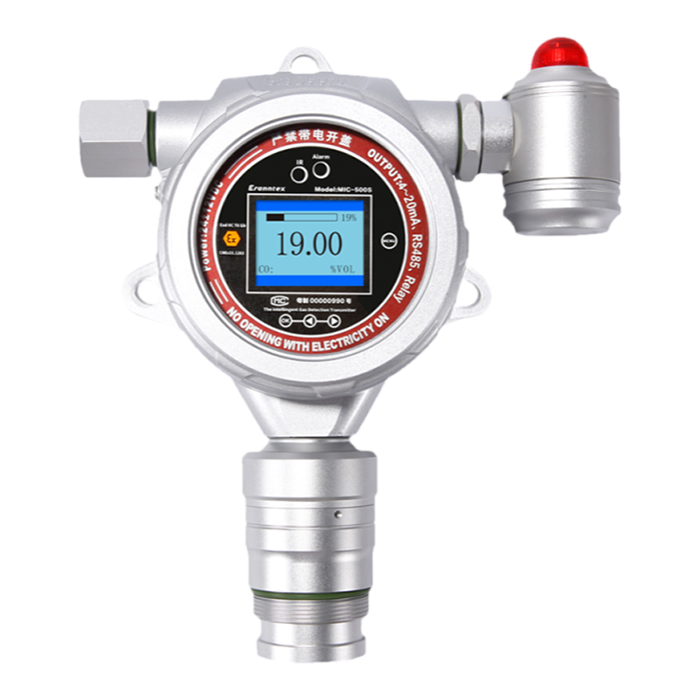
Combustible Gas Detectors: Your First Line of Defense
In today\'s society, whether in cosy domestic settings, bustling industrial environments, or challenging outdoor work zones, combu...
2025-10-31 -

How to Test Your Oxygen Detectors Effectively?
In today\'s society, where safety and health are paramount, oxygen detectors serve as vital equipment safeguarding us from the d...
2025-10-29 -

Oxygen Detectors: Your Key to a Safer Environment
In the global pursuit of safety and healthy living, oxygen detectors are increasingly becoming indispensable equipment for safeg...
2025-10-27 -
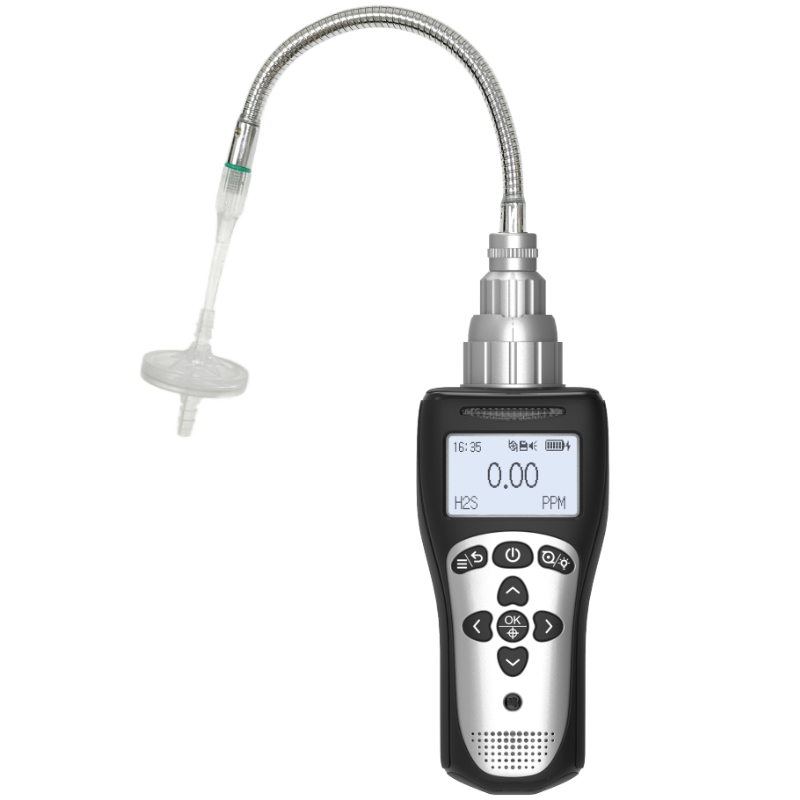
6 Types of Oxygen Detectors You Should Know About
In countless industrial, commercial, and research settings, oxygen serves as both the source of life and a potential hazard. Insuf...
2025-10-24 -

How Often Should You Replace Your Oxygen Detectors?
In today\'s society, oxygen detectors play a vital role across industrial production, underground operations, and specific domesti...
2025-10-22

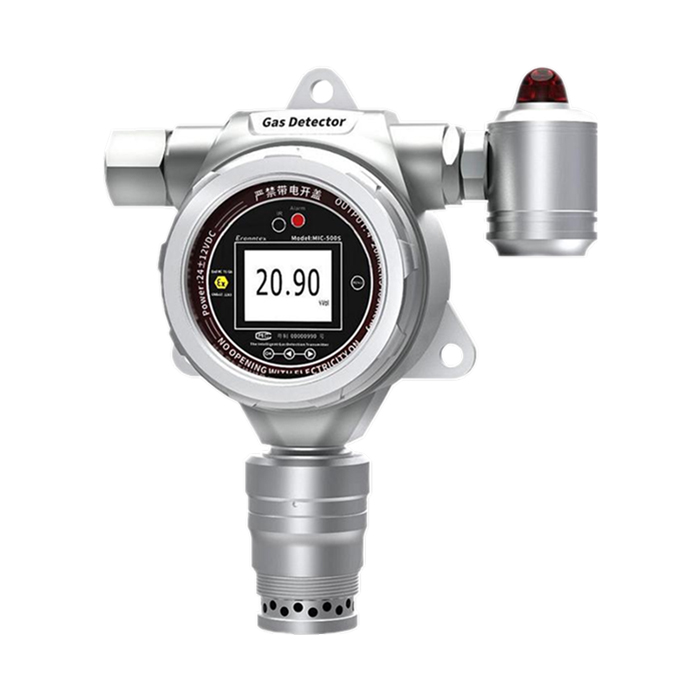
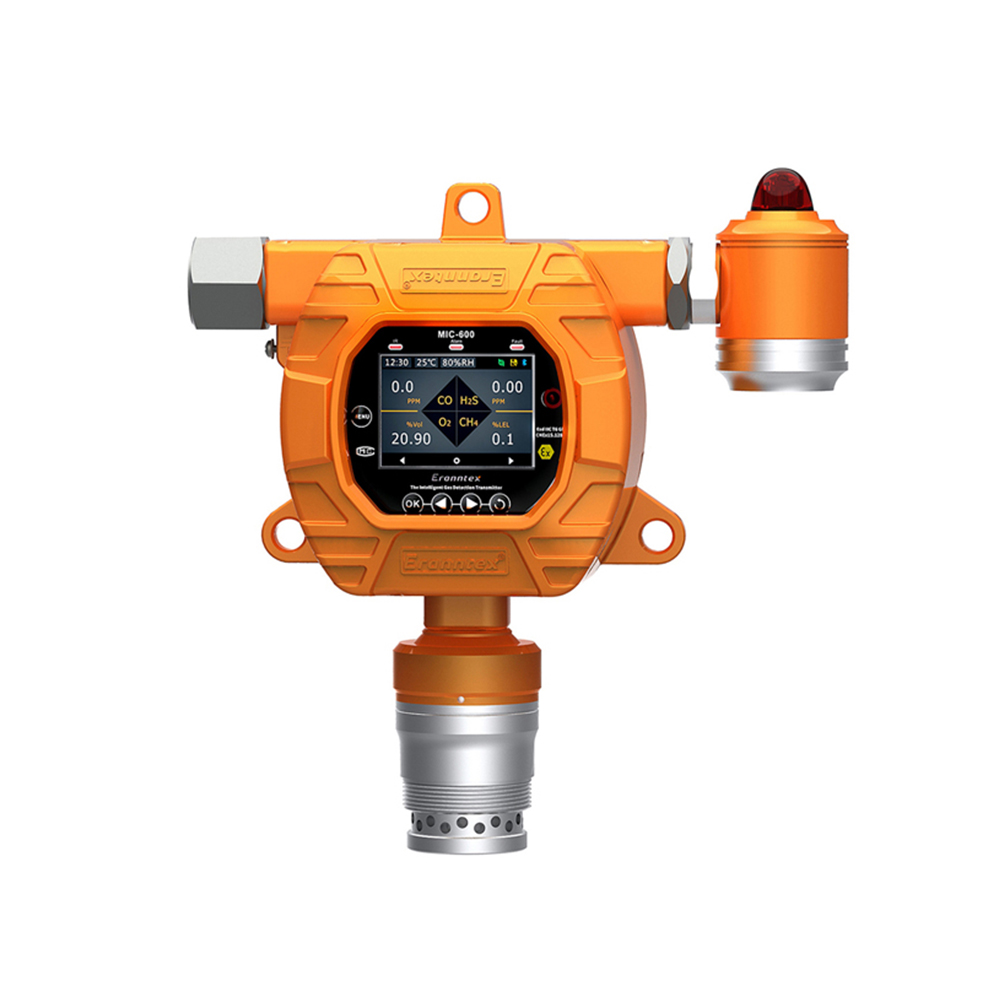
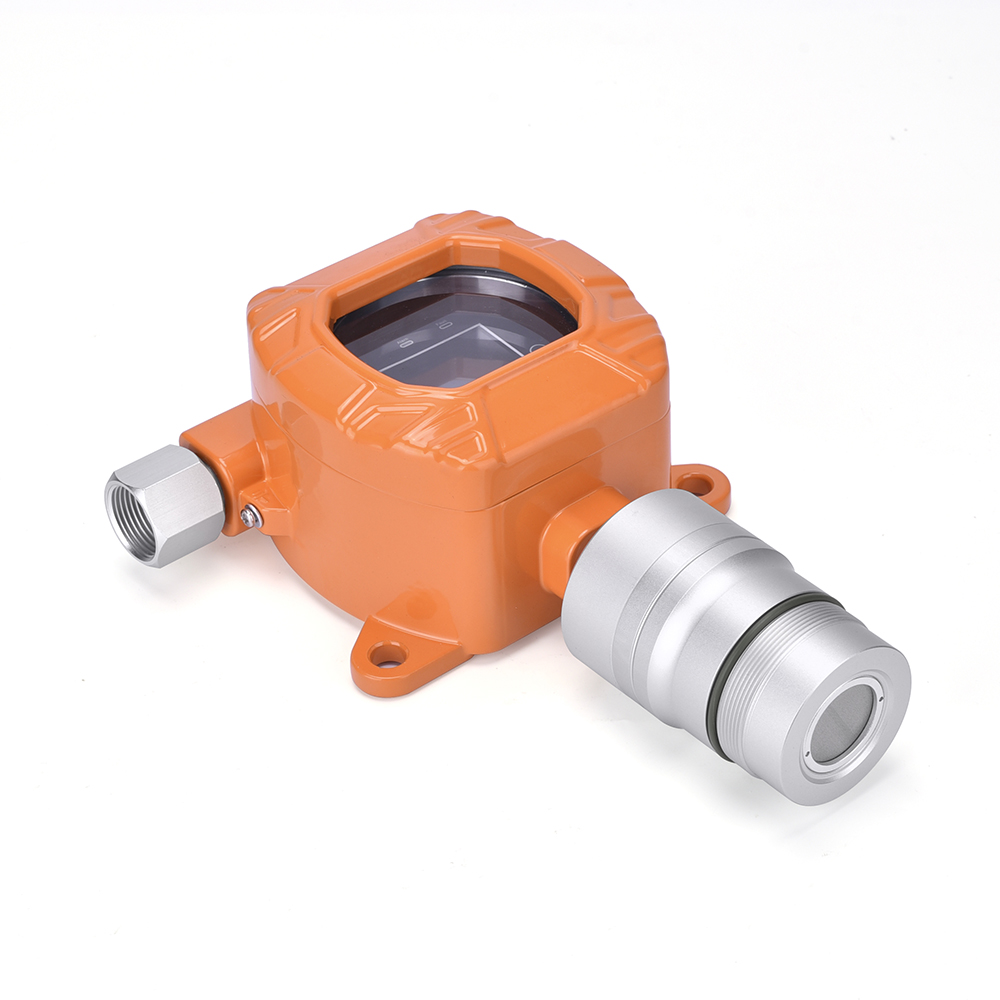
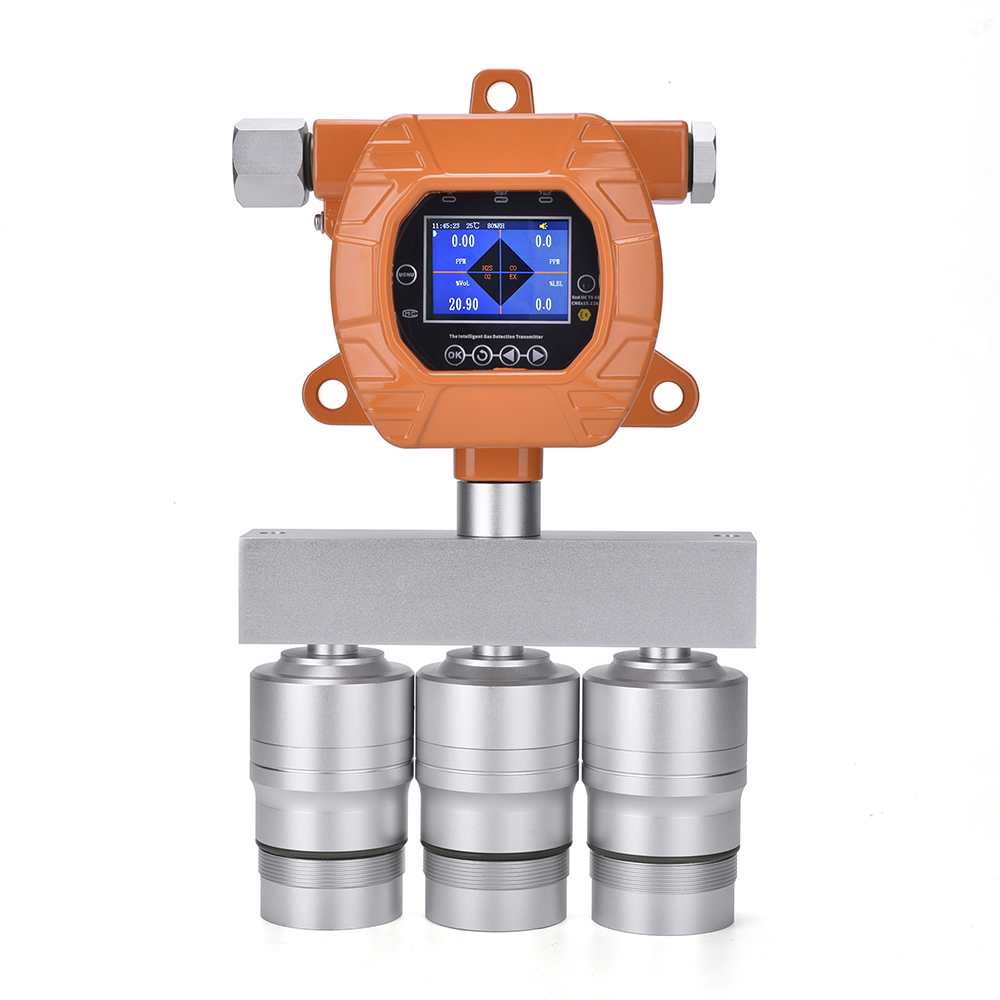

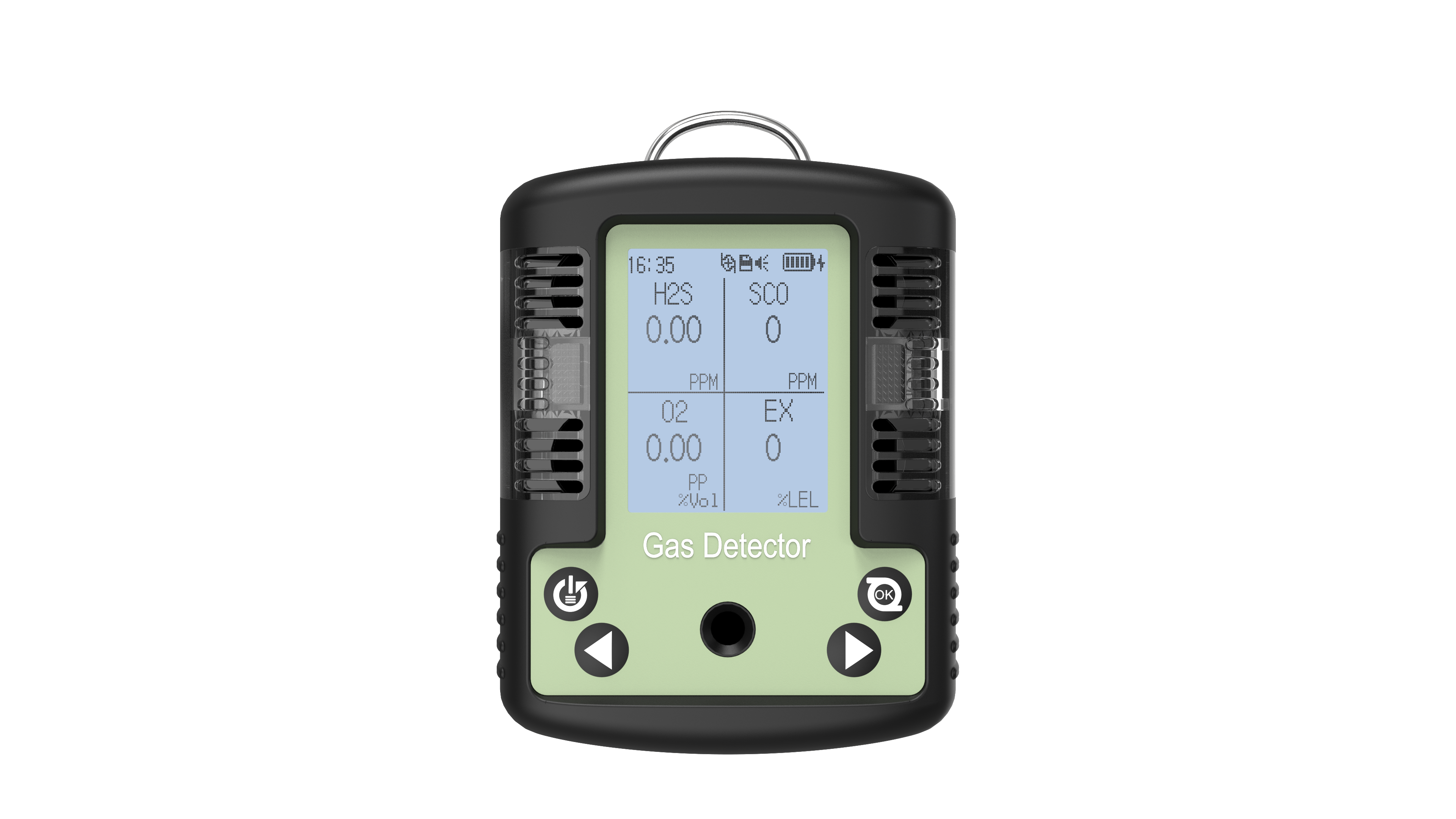

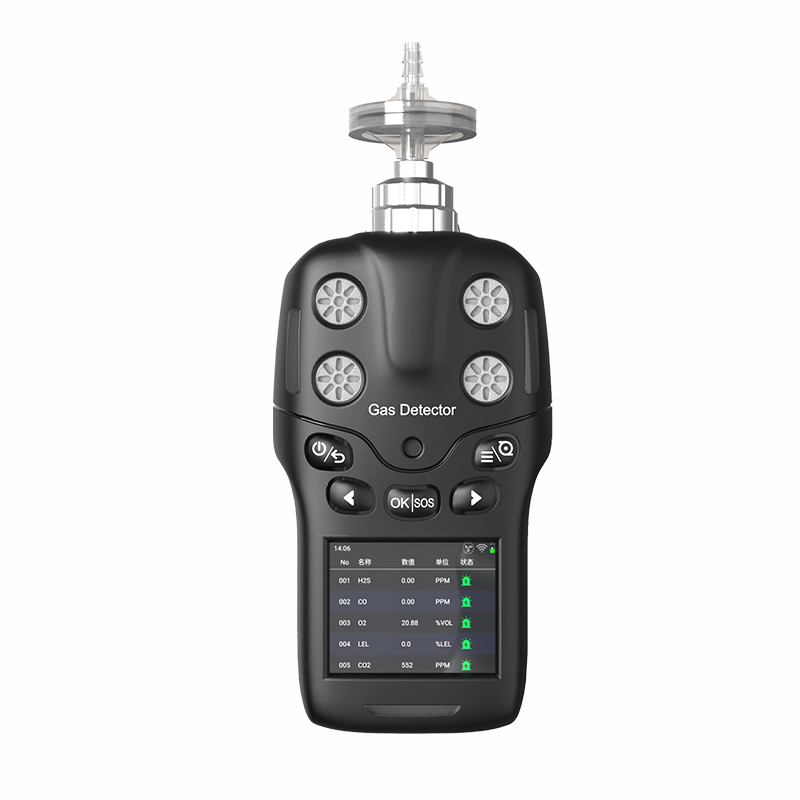

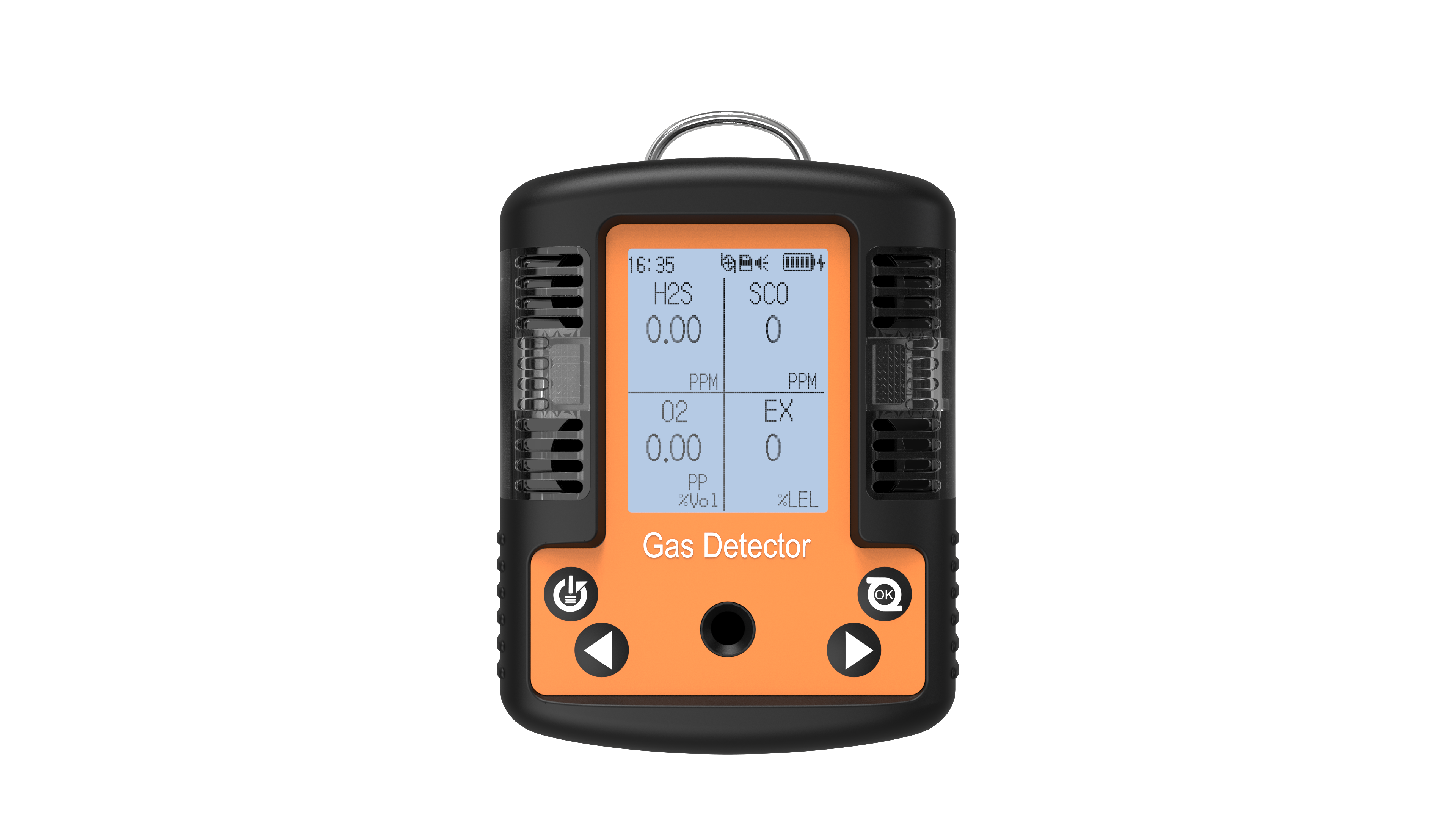
 info@eranntexgas.com
info@eranntexgas.com


 13480931872
13480931872